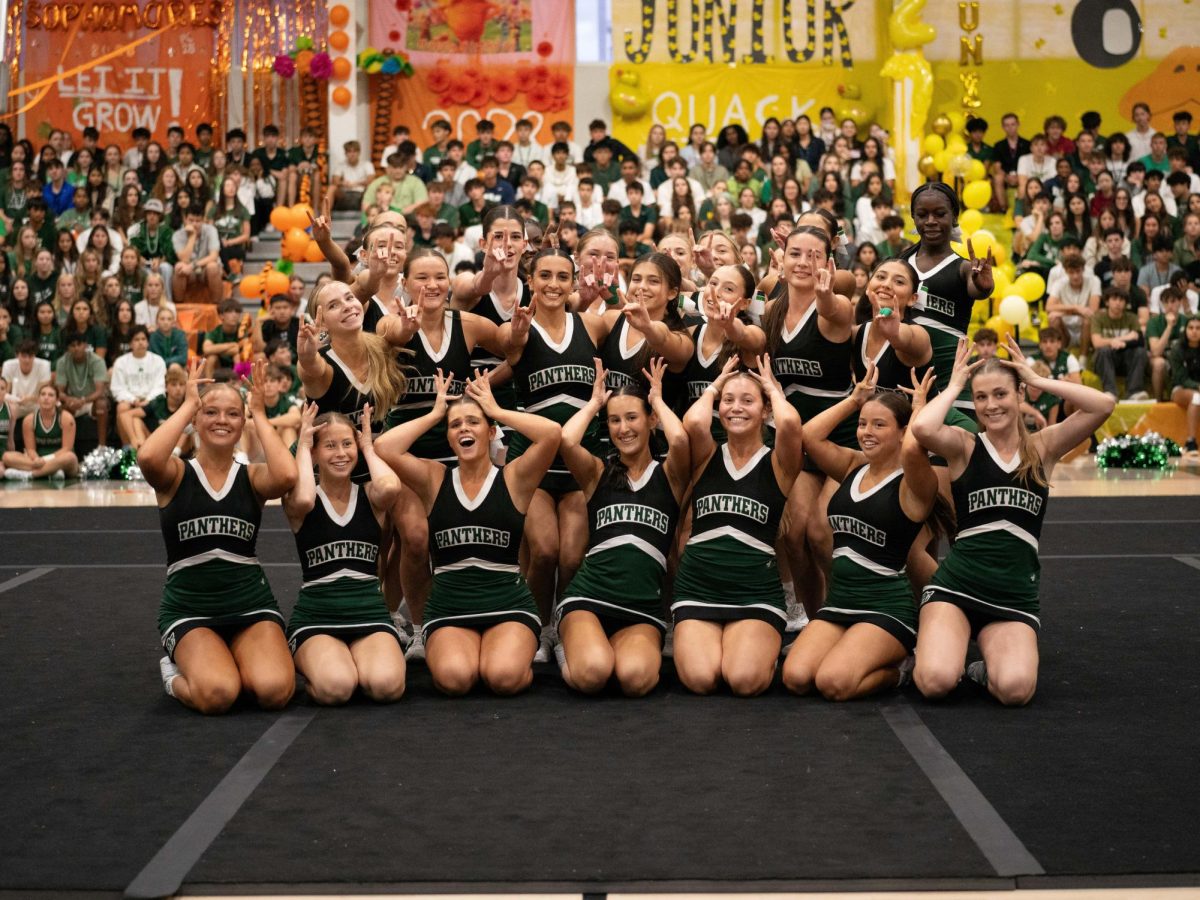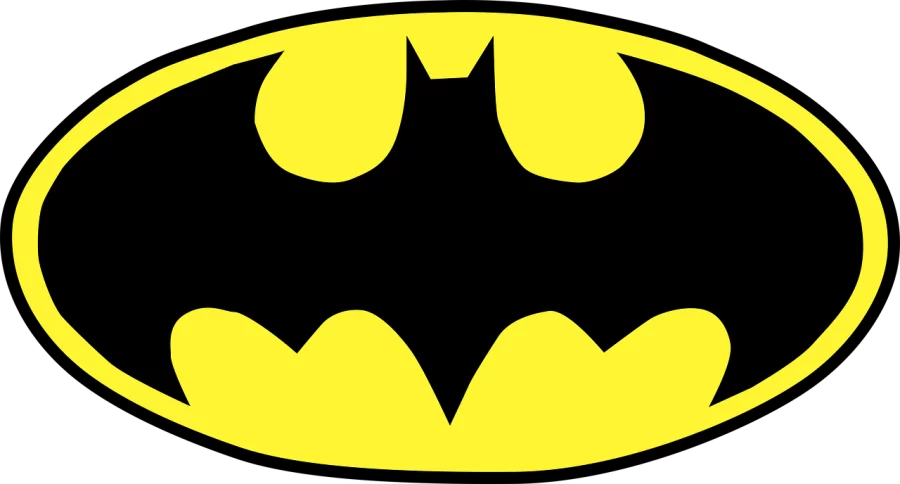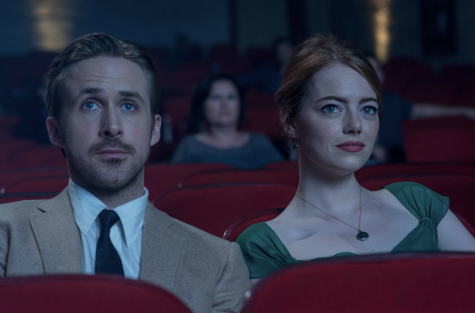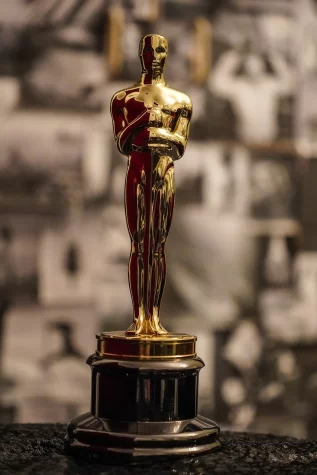The Batman: DC Cements Their Revival
DC Comics has had a complicated history with their films. They had some great highs with Christopher Nolan’s acclaimed Dark Knight Trilogy; however, DC Movies started getting far more negative attention drawn to their films when the Marvel Cinematic Universe started dominating the movie scene. With an interconnected universe of famous superheroes all coming together to dominate the box office, it was impossible not to imagine what would happen if DC were to assemble their own cinematic universe.
However, the DC Extended Universe was met with quite a few failures. It stumbled out of the gate with the disastrous Green Lantern movie, before being immediately rebooted by Zack Snyder with the controversial Man of Steel. Following this, DC tried to rush the interconnectivity Marvel executed masterfully by immediately introducing their team-up movies, Batman Vs. Superman: Dawn of Justice, Suicide Squad, and Justice League without having origin films for each of the characters. Many fans believed DC was half-heartedly trying to copy the Marvel formula.
However, following the flop of Justice League, DC seems to be moving back in the direction they started prior to the MCU, releasing much more self-contained stories and giving the directors more freedom to experiment with their characters. This new direction was met by great success with the fan acclaim of Joker and James Gunn’s The Suicide Squad. However, those movies were about villains; there was still more room to experiment, the most recent experiment being The Batman. How would DC’s new approach treat their most famous hero? The Batman promised to bring Batman back to his roots in the form of a darker, more serious film than the typical superhero blockbuster.
Many, including myself, were skeptical of The Batman’s take on the character at first when the man cast to play the caped crusader was revealed to be Robert Pattinson, famous for his role in the maligned Twilight saga. However, Pattinson’s performance proved to be a highlight of the movie, doing an excellent job at portraying both the intimidating vengeance of Batman and the tortured soul of Bruce Wayne.
The movie’s greatest strength was ironically what DC Comics movies had struggled with throughout the 2010s: being different compared to other superhero movies. While most movies of the genre focus so heavily on action it becomes repetitive, The Batman has comparatively few action sequences, and only one big CGI set piece at the very end. The movie often feels more like a classic detective or murder mystery movie than an action one, perfect for a character originally referred to as the “World’s Greatest Detective.” This is an excellent breath of fresh air and a great way to showcase one of Batman’s greatest strengths, his intelligence.
The depiction of the movie’s main villain, the Riddler, is equally excellent. He is intimidating and has a motive the audience can understand (even if they may not agree with it), a balance many villains struggle with, especially in the superhero genre. Without getting into spoiler territory, The Riddler has a very interesting dynamic with Batman which challenges Batman’s ideals in a way yet to be done by the likes of Scarecrow, Bane, or even The Joker. Even ignoring themes and ideals, he tests Batman’s spirit and intelligence, forcing him to dig into a Gotham conspiracy and uncover dark secrets about his past which also play into the theme of the movie.
Of course, as good as the movie is, it comes with its own problems. For one, the film’s treatment of the character Selina Kyle (AKA Catwoman) is inconsistent at best. She starts out as a rogue vigilante with the same goals as Batman, but her methods are harmful to their mission, with her wanting to kill people instead of interrogating them. It made for an interesting dynamic watching the two fight on the same side but also work against each other. However, after the two work together to confront a villain a little after halfway through the movie, she disappears until the final battle. When she does return, her motivations seem much less defined, as if she was thrown into the final battle without that much thought.
Bruce Wayne’s relationship with Alfred was also slightly irritating to watch. Bruce is initially very mean to Alfred, insulting him. This scene was meant to show how Bruce is in pain over losing loved ones in his past, but he just seems unnecessarily rude in the scene. This is accentuated by the fact that he never really reconciles with Alfred, giving a half-hearted apology and making it feel like an incomplete character arc.
Overall, however, this movie is a great return to form for DC, solidifying their ability to make great films despite their hiccups. The movie does an excellent job at carving its own identity as a detective-noir movie, not falling into DC’s previous pattern of trying to copy the Marvel formula. It had a great villain, good casting, likable characters; everything you could ask for in a movie.

Bryce is a sophomore and has been writing for the paper for two years. He loves Paw Print because it gives him the opportunity to talk about movies (and...
































![Stranger Things 4: What to Expect [Warning: Contains Spoilers]](https://pcpawprint.com/wp-content/uploads/2021/11/StrangerThings4-900x473.jpeg)



























































